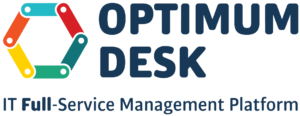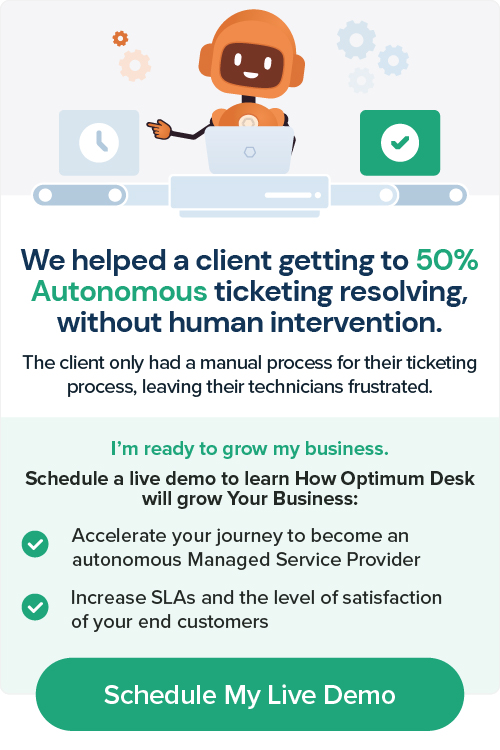When considering IT security strategies it is important for experts to have all terms well defined and established in mind. Not infrequently there has been great confusion regarding automation and autonomous systems, they being totally different things, which is why we are here to clarify once and for all what the two terms mean for the IT Industry.
In any activity undertaken, efficiency plays an important role. Automation has managed to raise, from this point of view, the level at which the various manufacturing and processes take place. The principle on which the automation process is based is to provide high efficiency and high productivity.
What is an Autonomous System?
Since the invention of the first computer in 1936, the IT industry has evolved at a fast pace, being among the most successful business sectors of the previous century, but also today. As usual, inventions come with new challenges for scientists and engineers. Although the IT industry has made significant progress, it continues to face complex situations, from improving data security to creating increasingly powerful software programs. The emergence of artificial intelligence promises that at least some of these problems will be solved.
An autonomous system is capable of feeling the IT environment and operating without the involvement of human intervention. Basically, it is a software program that doesn’t need the presence of human being technicians to take control of working stations and it is capable to fix most of the issues by itself. It is based on sensors, complex algorithms, and powerful processors that run the software.
Autonomous thinking is not decided in advance what it is capable to do, having unlimited thinking. As technology evolves, it learns more and more things by collecting information permanently.
Unlike humans, the use of robots, various machines, and artificial intelligence have a great advantage in terms of execution time. Analyzing the IT Infrastructure today, it can be seen that the equipment used is much more efficient than manual work. The accomplishment of a task is performed much faster when the automation is implemented, the execution time being even more than 10 times shorter, depending on the difficulty, the quality of the equipment, or its level of performance.
What is an Automated System?
For organizations, an example of an automated system is up-to-date infrastructure checking. They monitor the system based on a set of well-defined standards and sends alerts when something seems wrong. This is a seemingly easy task to accomplish, but it has allowed technicians to focus on solving more complicated technical problems.
More and more large companies are using automated tasks to do their job easier. These systems can be put to solve the problem, but it does not make them autonomous. Precisely because they did not think the solving by themselves. The automated processes represent solutions to very specific problems. They require detailed communication with the client, for the results to be optimal.
There are automated tasks like logging in various apps, moving files and folders, extracting specific information from files, or remuneration.
In short, the difference between the two is the ability of each to adapt, learn, and make decisions. If you are willing to offer the best advantages to your clients, you must implement an Autonomous Service Delivery. Besides increasing productivity, it has the ability to simplify the work of employees. Also, the security is increased, performing tasks with great precision when the workload is huge, saving money and time in the organization.
The best vendors out there will offer you the opportunity to work with autonomous solutions for your business. Optimum Desk has designed Adam Intop, the AI software, able to solve IT tickets without human intervention. Based on a ticket history, he will analyze previous issues and fix the current ones right away.
So what`s new to ADAM Intop Autonomous solving customer support tickets?
Every Managed Service Provider customer support team encounters some days or rush hours where the volume of support tickets it receives becomes too much.
If your team hasn’t yet, it will in the future. And when that happens, you might not be able to solve the requests quickly as your customers expect you to.
In a very competitive Managed Service Provider market of constantly changing customer expectations and digital transformation, companies are now more interested in Artificial Intelligent and Intelligent Process Automation solutions
In a traditional process, human operators receive the ticket and solve it.
Nowadays, most of the easiest and repetitive tickets are solved by Robotic Process Automation. It only performs automation within a predefined process. For example:
– Update Chrome Browser
– Virus threat
– Delete browser cache
– Install
Robotic Process Automation (RPA) tools are great but with limited capabilities, they could be inefficient when complex judgment is needed on what, how, and when to use certain information in certain contexts.
– Slow computer
– Data loss
– Computer crashed
ADAM Intop AI capabilities:
Smart workflows – ADAM Intop tracks the status of the end-to-end process in real-time, manages handoffs between systems and people to provide statistical data on bottlenecks, and enhances process visibility to improve operational efficiency.
Machine learning – Make predictions based on data inputs and analytics and provides insights on recognized patterns.
Natural Language Processing (NLP) – Interpret text-heavy communications and understands communication intent.
Natural Language Generation (NLG) – Creates narratives from the collected data to present a better story for data-driven decision making.
Cognitive agents – Technologies that combine machine learning, NLG, and NLP to build a virtual workforce capable of executing more sophisticated tasks with intelligence, such as offering customer solutions suggestions to human supervisors.
With ADAM Intop the AI capabilities unlock access to unstructured data using Natural Language Processing (NLP). It helps MSP transform from rule-based to AI-based automation, empowering human supervisors in data-driven decision making.
With OptimumDesk Opteemum Remote Monitoring and Management platform designed for IT efficiency and top performance you get all the standard RMM functions plus additional benefits:
Business continuity
Avoid security incidents and downtimes
Mass Patch Management
For this reason, Optimum Desk has developed a full set of modules that empowers your IT Service Delivery.
If you want to similarly transform business operations and deliver hassle-free IT delivery, schedule a FREE DEMO call with one of the Optimum Desk’s representatives.
Request a FREE DEMO


